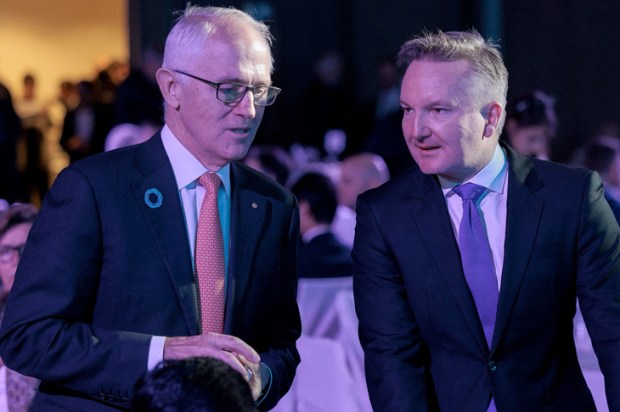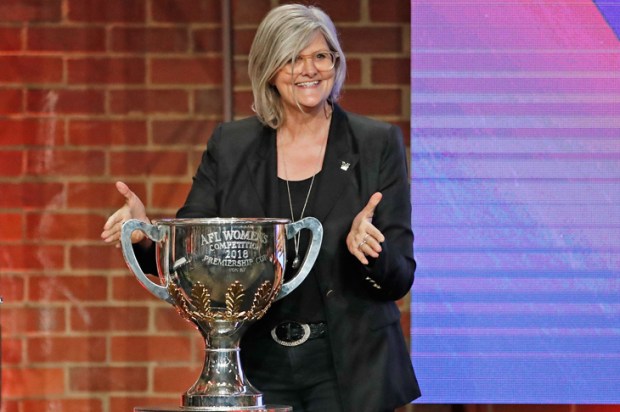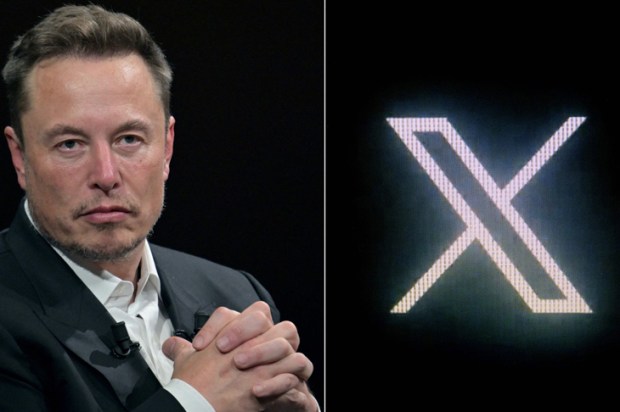Who can forget Barry Jones, quiz champion and former federal Labor politician? His chief guiding principle was to make a simple issue as complicated as possible. He is a living example of Occam’s Razor in reverse.
At one stage in the late 1990s, some dewy-eyed dills in the parliamentary Labor party decided to put Baz in charge of devising Labor’s education policy. The result was Knowledge Nation which, in diagrammatic form, resembled a Heath Robinson chart – only much more complicated. It quickly became known as Noodle Nation, in turn trashing its electoral appeal. Its very existence is now but a vague memory among political tragics.
But I have news for you. Another Noodle Nation lives on and this time it’s for real rather than just some hare-brained dream. I refer to the architecture that surrounds the National Electricity Market, with its multiple agencies and regulators and overlapping roles and responsibilities. There are acronyms aplenty. Anyone who really understands how the system works – I hesitate to use the verb ‘work’ – deserves a prize equivalent to Baz’s Pick-A-Box haul.
It’s worth going back to the beginning of the NEM. At the end of the 1990s, it was decided that five of the states and the ACT would be better served by having a national electricity market rather than separate arrangements. To be sure, there were some interconnectors between the states and the ACT, but there were no common rules or governance.
As part of the National Competition Policy championed by Paul Keating when he was Treasurer, the states and the ACT had been encouraged to agree to a national electricity market in order to extract efficiencies from the way the grid operated as well as facilitate future planning. The privatisations that occurred before and after the NEM came into operation were separate.
Partly for reasons that involve sheer laziness, the rules and regulations governing the NEM were largely copied from the UK where a similar arrangement had been put in place. The fact that our NEM is owned by separate sovereign powers – the federal government has only one vote – was largely ignored. Additionally, our east coast grid is very long and thinly connected, something which has created its own set of issues.
The backbone of the NEM architecture comprises the Australian Energy Market Operator and the Australian Energy Market Commission. Then there is the Energy Security Board – a more recent addition – the Australian Energy Regulator and the Clean Energy Regulator. Other related agencies include the Australian Renewable Energy Agency, the Clean Energy Finance Corporation, Snowy Hydro and numerous state agencies. (Victoria retains its power over price regulation; the other states and territories ceded theirs.)
The idea of splitting AEMO and the AEMC was that an agency responsible for the operation of the system should not be in the game of setting the rules. In practice, the lines of division between these two agencies haven’t worked well, with the CEO of AEMO often clashing with the chair of AEMC.
It has to be said that for the first few years the NEM worked well. There was some excess capacity in the system and the overwhelming dominance of coal in generating electricity meant that the ancillary services – frequency and inertia control – needed to run a grid were delivered incidentally and free of charge. (The turbines of coal-fired plants spin 24/7.) The real price of electricity fell significantly.
The beginning of the rot set in when the federal government – initially under the Howard government, groan – decided to mandate a certain percentage of renewable energy in the grid. The Renewable Energy Target was born. It was wildly cranked up by the Rudd government and then slightly wound back by the Abbott government. Even though the federal government has only one seat at the NEM table, the imposition of the RET (and the associated subsidies for renewable energy through the certificate process) meant that any problems with the NEM were increasingly blamed on Canberra.
With the growing incidence of weather-dependent renewables, it was necessary to change some of the rules of the NEM, including first dibs being given to renewables in the order of dispatch. This gave a substantial leg-up to renewables.
Let’s fast-forward to the past few weeks and the problems that have emerged in relation to the NEM as well as the domestic gas market. Let’s be clear – the problems that have arisen were not because of fossil fuels. Rather it was the result of extremely perverse incentives being given to the major players which favour renewables while placing a low weight on securing an affordable and reliable grid.
By demonising coal-fired generation – which still accounts for between 60 and 70 per cent in the NEM – and forcing the owners to close the plants early, a mountain of instability has been created which will inevitably lead to much higher prices. Simply assuming that there would be sufficient amount of gas to provide firming capacity to deal with the intermittency of renewables was another big mistake.
The minute the coal-fired plants began to be taken off line – a lack of maintenance and investment were always inevitable – and gas was in short supply, the system came close to collapse. The cold snap, the sun going down before the evening peak demand and relatively little wind – they were the perfect conditions for blackouts and load shedding.
AEMO behaved like a headless chook, first imposing price caps (which made it unprofitable for many plants to operate) and then suspending the market altogether. The price of this intervention will not be felt for some time, but the increase in household and business electricity bills will be hefty.
Like many public institutions these days, AEMO is run by a chief and staff members who believe in the green dream. It puts together planning documents which simply imagine that workable and affordable technologies will magically appear to replace fossil fuels.
Many of us thought it couldn’t get much worse than under the US lawyer who was brought into lead AEMO. Her replacement has proved us wrong. The thing is that potential candidates for this type of position all come from the same pool of green believers/activists.
The funniest part of the near-collapse of the NEM has been the reaction of novice federal minister, Chris Bowen. He declared that the fundamental problem is that we have not had enough investment in renewables and the solution is to roll out more as well as build an ugly tapestry of even more transmission lines. Keep going, I say, because this is insane.
Got something to add? Join the discussion and comment below.
Get 10 issues for just $10
Subscribe to The Spectator Australia today for the next 10 magazine issues, plus full online access, for just $10.
You might disagree with half of it, but you’ll enjoy reading all of it. Try your first month for free, then just $2 a week for the remainder of your first year.














Comments
Don't miss out
Join the conversation with other Spectator Australia readers. Subscribe to leave a comment.
SUBSCRIBEAlready a subscriber? Log in